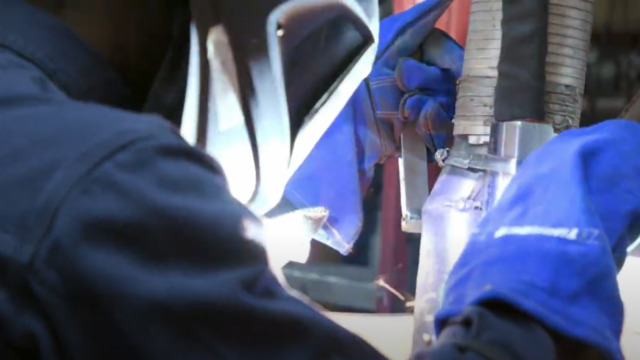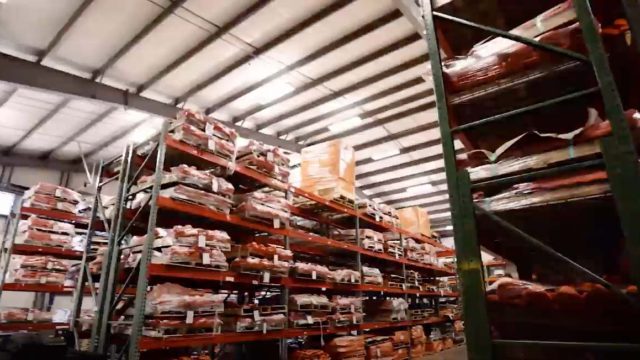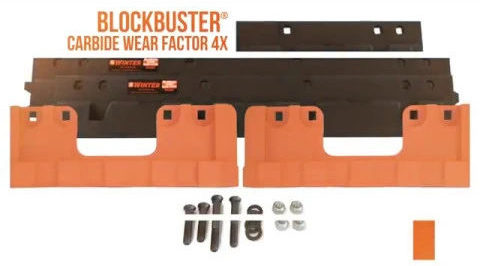Your Recent Search:
How to Use Fewer Chemicals on Your Roads
July 24, 2018

Ah, the necessary evil of chemicals. Our industry uses chemicals on roads to:
- prevent the formation of ice and/or frost
- prevent bonds between ice and the road
- prevent bonds between snow or frozen precipitation and a roadway, walkway, or parking surface
- aid in melting where such bonds have already formed
Ice and frozen precipitation on a surface decreases the surface’s friction and creates a safety hazard that reduces stopping distance and causes auto accidents and human slips and falls. Safety and mobility are necessary to keep people safe.
That means agencies responsible for roadway maintenance, like Departments of Transportation, have a legal responsibility to maintain the roads and keep them free of ice and snow. Failure to take care of these roads can lead to litigation for liability.
The most common deicer used for winter maintenance is rock salt (i.e. sodium chloride). In some conditions, calcium chloride and magnesium chloride are also typically used. While they get the job done, all chlorides have various corrosive properties and create and/or accelerate damage to roads, bridges, structures, equipment, and the environment.
Alternative chemicals used in place of chlorides for DOTs are more or less nonexistent. The amount of chemicals used across the country and the extremely high cost of other options that do the same thing as current chemicals make it difficult to find a sustainable alternative, regardless of the negative impact of chlorides. Airports do use non-chlorides, but they pay much more for them and roadway agencies just don’t have the same budgets.
There are some “additives” on the market that can be used in conjunction with salt to increase its performance and to help reduce the overall amount of salt that would otherwise be needed but these still are not alternatives to plentiful, low-cost chlorides. The best options are good decisions that make sense in the short and long-term.
In the short-term, use the right amount of chemical based on surface temperatures and precipitation type. Additionally, it is important to accurately measure the amount of chemical being applied so as to avoid over application, which is a common problem in our industry.
In the long-term, invest in higher-quality blades. If you can get more snow and ice off the roads in the first place, you’re able to use fewer chemicals to get bonded ice or snow. The best way to do this is with long-lasting, high-quality plow blades.
Better plow blades keep roads in better shape longer. By selecting a blade company that is a partner versus just a vendor, you gain access to people who can help you select the best blades for the job to ensure less damage to road surfaces. An incorrect blade can result in poor snow and ice removal and force you to lean heavily on your chemical strategy. While the right blade, can create the appropriate surface for the salt and chemicals to react giving you better results with less solution.
Thank you to Diana Clonch, our chemical guru, for making this blog possible!
Subscribe to our blog
Get notified when we post a new article
"*" indicates required fields


